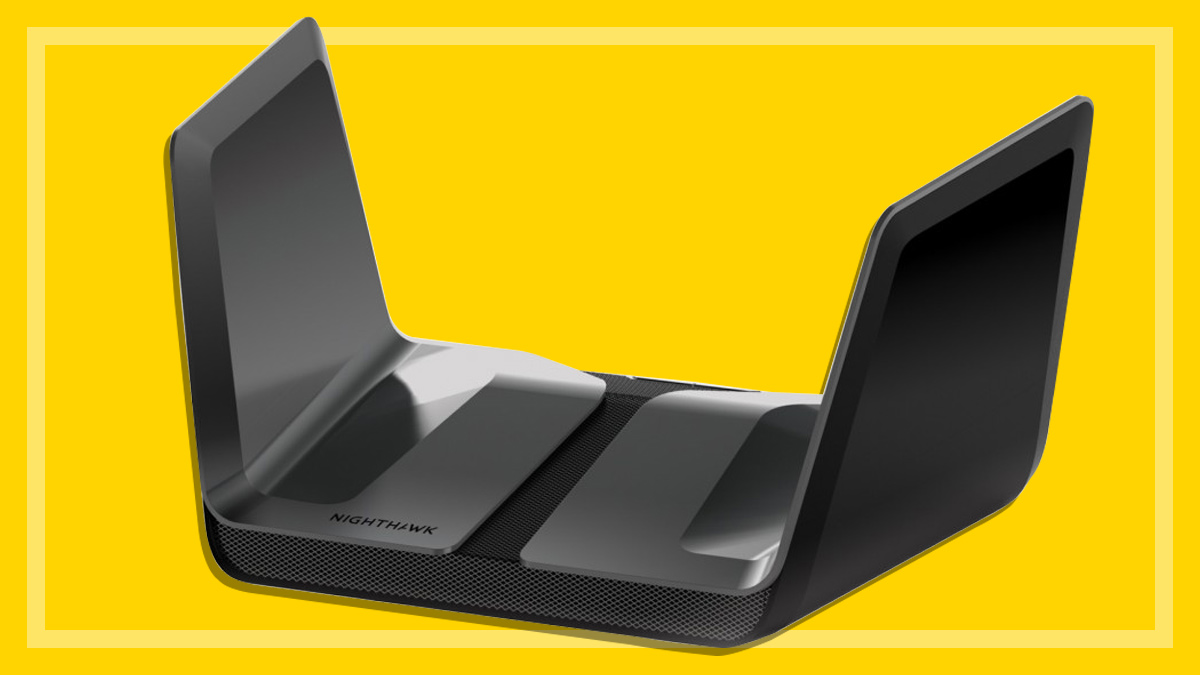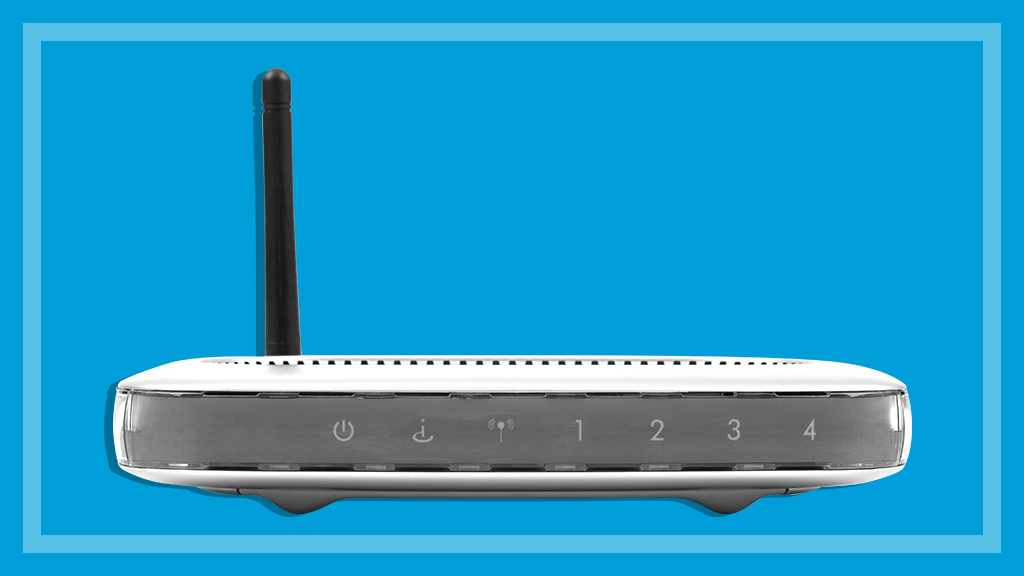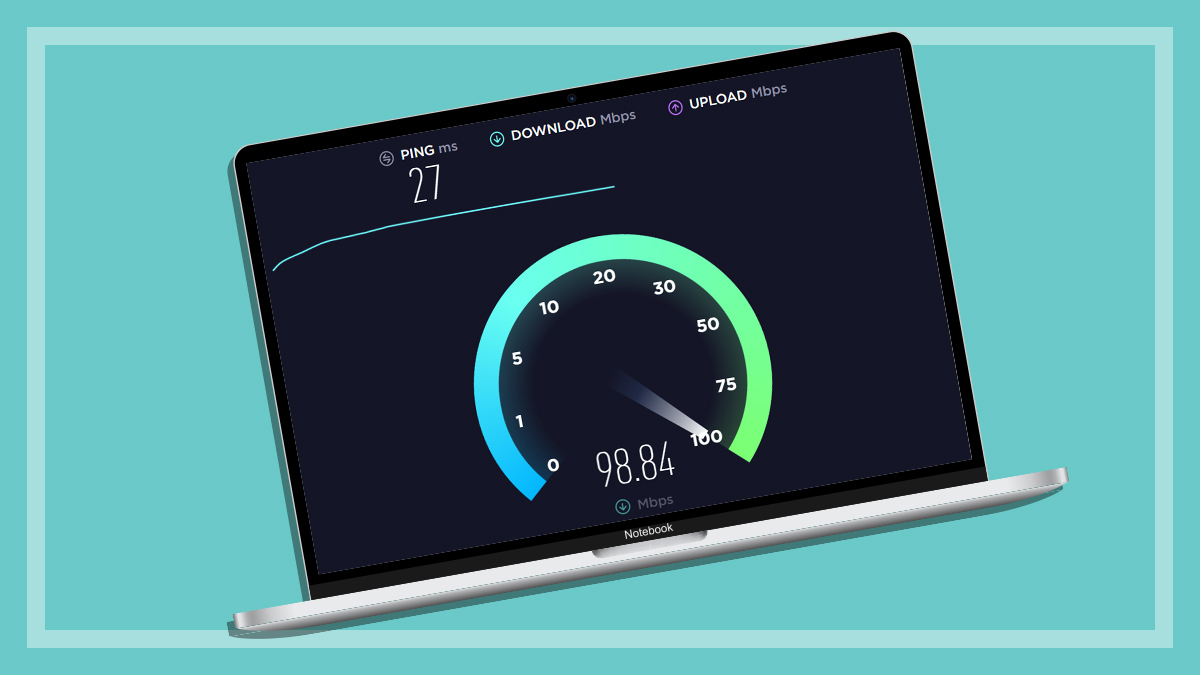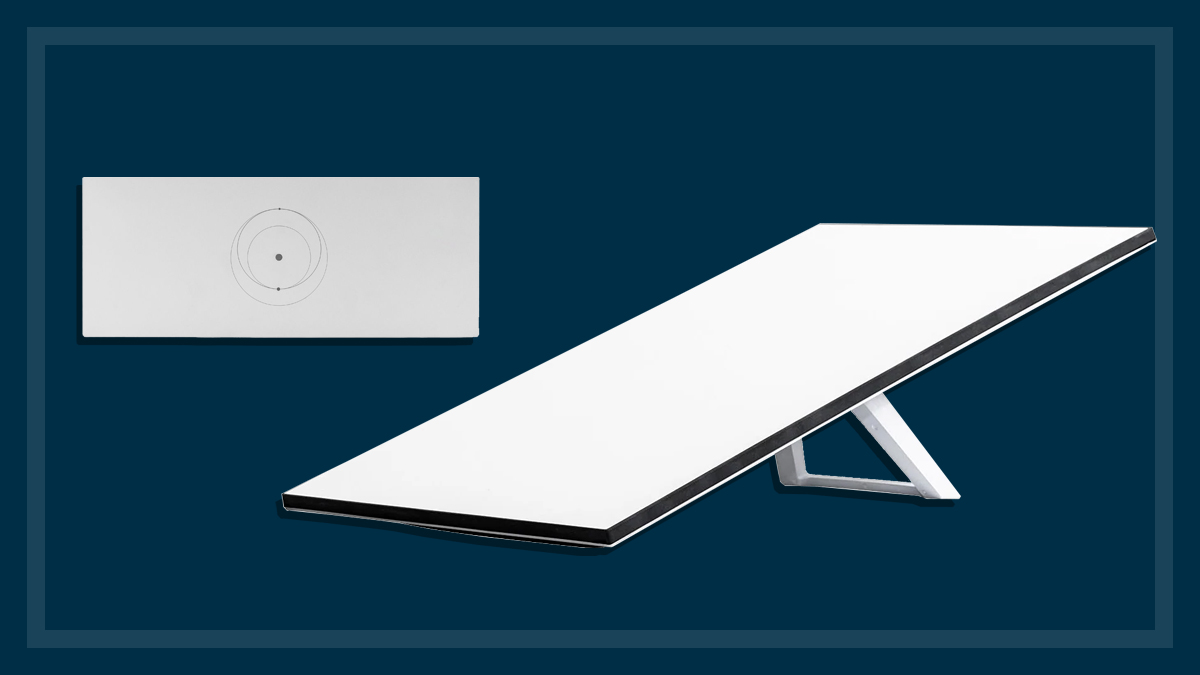Get our independent lab tests, expert reviews and honest advice.
Netgear Nighthawk AX8 wireless router review

CHOICE verdict
Netgear’s new Nighthawk AX8 wireless router is one of the first to use the new Wi-Fi 6 (802.11ax) standard, but it boosts network speed even for connected devices still using the older Wi-Fi 5 (802.11ac). Its full potential in providing greater security and supporting more devices will be realised as other devices also upgrade to Wi-Fi 6. Meanwhile, it’s a performance booster, and future-proofs your home network.
Price: $600
Contact:
netgear.com.auWi-Fi 6 is the new name for the new standard for wireless networking (Wi-Fi), also known as 802.11ax, and Netgear is fast off the mark with three next-generation Wi-Fi 6 offerings.
Heading the performers is the Nighthawk AX8 8-Stream AX6000 Wi-Fi 6 Router (RAX80). There’s also a four-stream RAX40 ($400) and a 12-stream RAX12 model ($800).
We borrowed Nighthawk AX8 from Netgear to see how much better Wi-Fi 6 is over the current standard that most people use, Wi-Fi 5 (802.11ac). The good news is that you don’t need to even have Wi-Fi 6 on your other devices to get a decent performance benefit.






